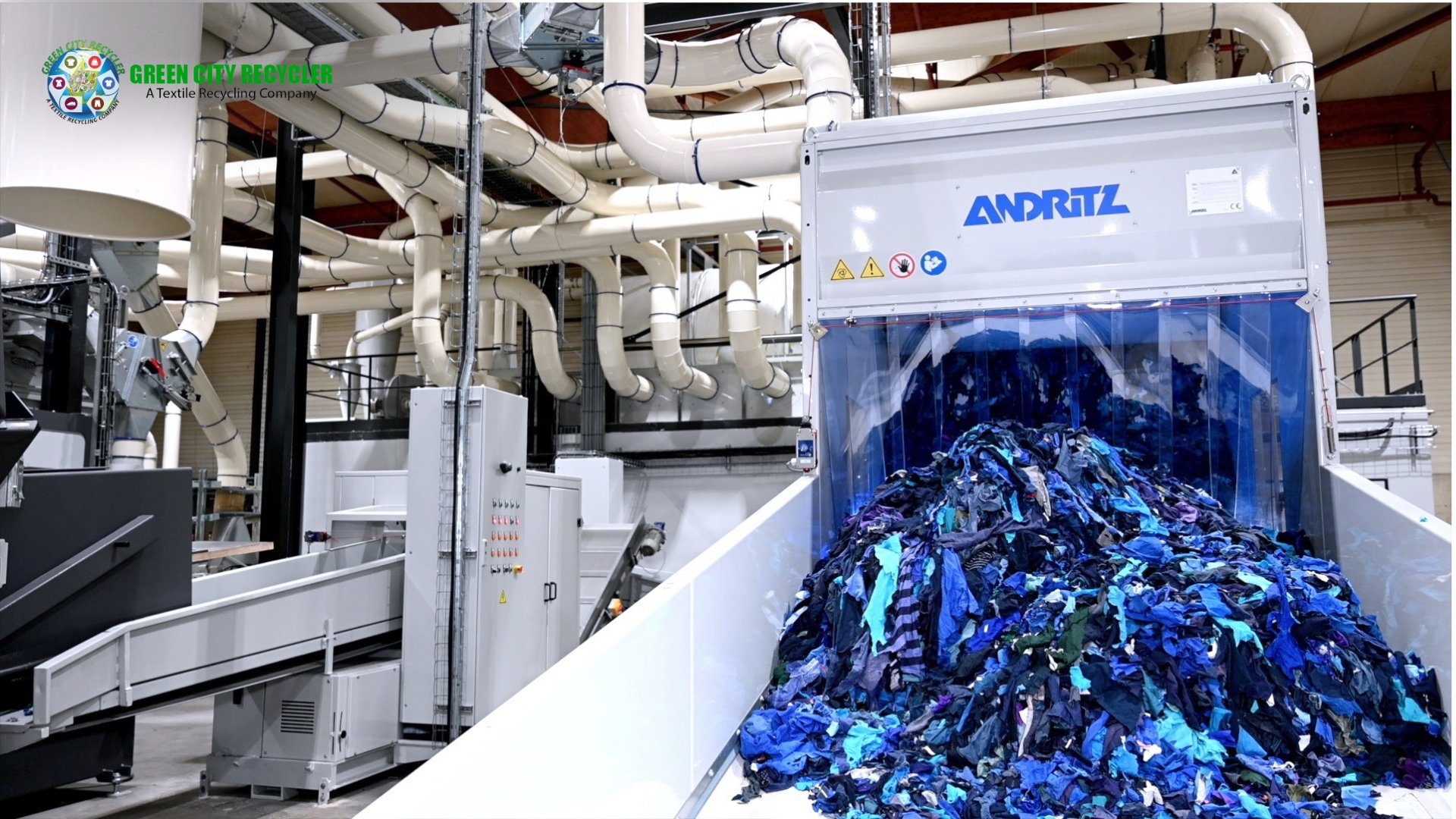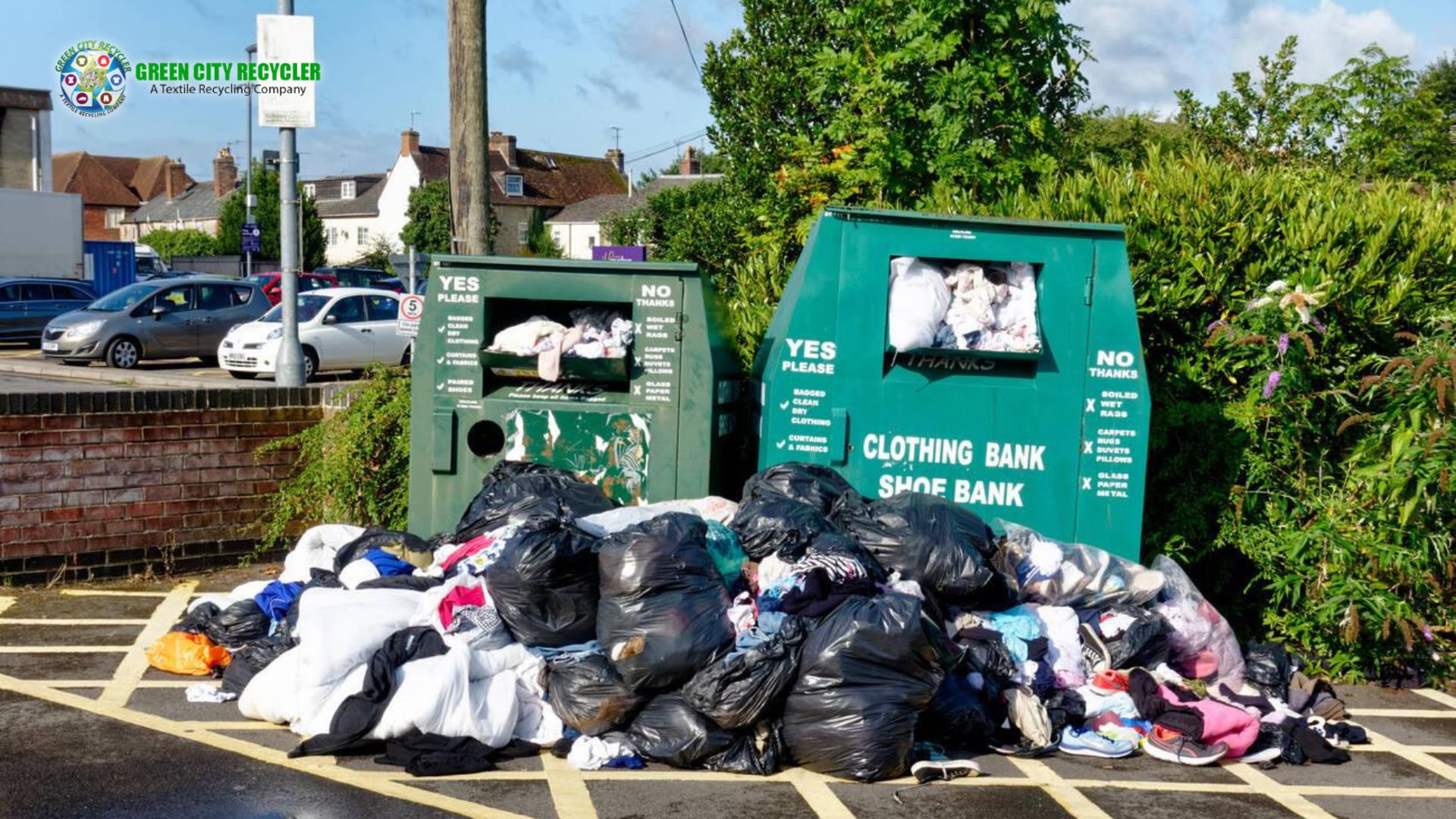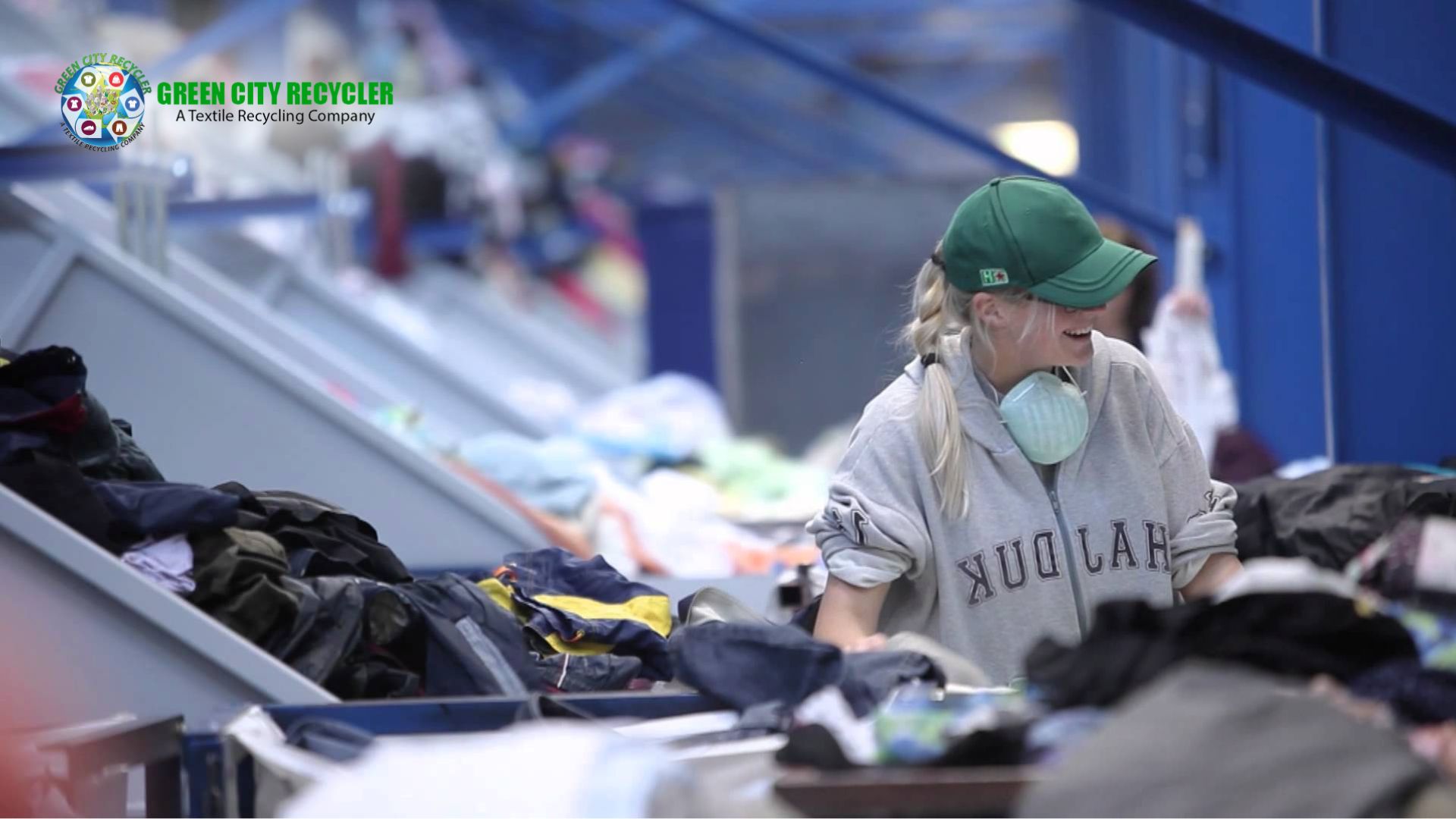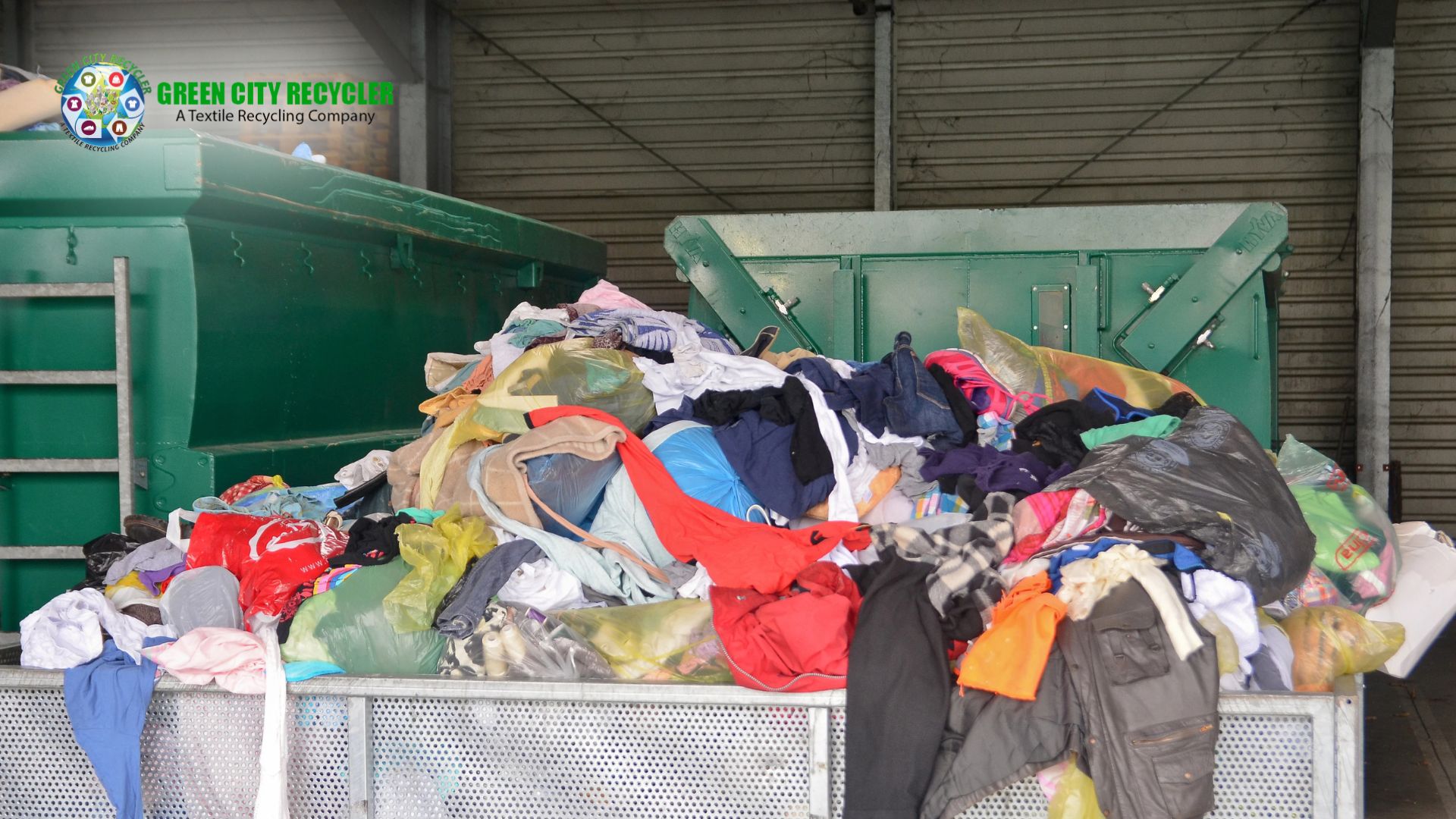Textile recycling is essentially what will determine our sustainable future. Millions of tons of textiles, including household materials, shoes, and clothes, end up in landfills each year.
Recycling these products will help lower environmental damage, preserve resources, and save waste.
But once textiles find their way into a recycling container, have you ever considered what happens?
This blog will gently and thoroughly examine What happens to textiles when they are recycled with Paver Contractors, offering ideas on how recycled fabrics find a new life.
First step: gathering textiles
Recycling textiles start the trip from the collection. Old clothing, shoes, and domestic materials, including towels and bed linens from:
- Containers for recycling.
- Centers for charitable donations.
- Retailer take-back policies.
- drives for community clothes.
These goods are subsequently moved to sorting facilities for the following stage.
Second: Grading and organizing
Textiles are checked and segregated at the sorting plants depending on numerous criteria:
- Classed are synthetic fibers, such as polyester and nylon, and natural fibers, such as cotton and wool.
- Condition: Usable objects stand apart from worn-out or broken objects.
Workers or machinery grade the fabrics into groups:
- The clothing and materials are still in good condition and set aside for resale or donation.
- Recyclable Textiles: Items deemed damaged or inappropriate are assigned for recycling procedures.
- Sorting is an essential first stage in determing What happens to textiles when they are recycled since it will decide whether textiles will be recycled or turned into other products.
Third Step: Reuse
Should textiles be reusable, they typically find their way to:
- Secondhand retailers.
- second-hand stores:
- Giving organizations.
Certain products are also sent overseas where reasonably priced apparel is in demand. Reusing textiles is the most environmentally responsible choice since it prolongs the product’s lifetime with minimum processing.
The fourth step is recycling and processing.
Further processing damaged or useless textiles helps to recover valuable components. The following describes it:
Mechanical Recycling
- Textiles are ripped into tiny bits.
- Fiber Extraction: Textiles are shredded and broken down into fibers. Polyester becomes fluff-like, whereas cotton is spun into short threads.
- Natural fibers like wool or cotton can sometimes be washed and re-spun into fresh yarn.
- Natural fibers are often mechanically recyclable, but as recycled fibers might compromise material quality, they are generally mixed with virgin fibers for strength.
Chemical Recycling
- Synthetic textiles such as polyester are chemically broken down into their component elements.
- These elements then help to produce new synthetic fibers, which can be spun into fresh clothes.
- Chemical recycling is perfect for synthetic fibers since it preserves their quality and helps create high-performance textiles.
Fifth Step: Development into Novel Products
Depending on their nature and state of preservation, we can determine What happens to textiles when they are recycled, whether the recycled textiles are transformed into several goods:
1.Accessories and Dress Code
New clothing, shoes, or bags are fashioned using recycled fibers. Some companies use recycled materials for their goods, encouraging a circular fashion industry.
2.Consumer Goods: Industry
Non-reusable textiles for apparel are put to use in industries such as:
- Rags used for cleaning.
- Insulation materials.
- Pad carpet.
- Stuffing for upholstery.
3.Domestic Goods
Household goods like blankets, cushions, and curtains often feature recycled materials.
4.Creative Uses
From recovered textiles, some businesses and designers ultimately produce fresh products, including:
- Construction supplies
- Acoustic panels are used for soundproofing.
- environmentally friendly packaging
Step 6: Problems in Recycling
Though textile recycling offers numerous advantages, it also presents difficulties:
Combining fabrics
Like cotton-polyester combinations, many garments are constructed from synthetic and natural fibers. Separating the fibers is difficult and expensive, so these are tougher to recycle.
Inaccution
Textiles stained heavily by oil or other pollutants might not be recyclable. Items with zippers, buttons, or embellishments must be handled gently to remove these non-textile parts.
Quality Loss
Fibers get shorter and weaker with mechanical recycling, restricting the number of times they may be recycled.
Textile Recycling’s Advantages
Though these obstacles exist, textile recycling has many advantages:
1.Reduces Landfill Waste
Recycling textiles helps millions of tons of garbage stay out of landfills yearly.
2.Preserves Resources
New textile manufacturing requires a lot of raw materials, water, and electricity. Recycling lessens the demand for these resources.
3.Lessens Contamination
Textile recycling helps us lower landfill emissions and manufacturing process pollution.
4.Makes Employment Possible
The textile recycling sector offers sorting, processing, and producing jobs.
How can you Help?
Here are some basic ways you might help with it. What happens to textiles when they are recycled
- Drop old clothing, shoes, and linens into approved textile recycling containers at your house.
- Donate your clothing to charities or thrift stores if it is in excellent shape.
- Support environmentally friendly businesses by seeking out those who include recycled goods in their goods.
- Plan a local initiative to inspire your neighborhood to recycle textiles.
- Repair and upcycle your clothing to increase its lifetime by turning it into other objects.
Textile Recycling’s Prospect
Technological developments in textile recycling are enabling efficiency enhancement and problem-solving. Like this:
- Advanced chemical recycling techniques have been developed to manage mixed materials.
- New equipment is automatically sorting and separating textiles more readily.
- Projects in circular fashion inspire companies to create more easily recyclable clothing.
Textile recycling has the potential to affect world sustainability with ongoing development significantly.
Finally
What happens to textiles when they are recycled? Textile recycling goes beyond stuffing used clothing into a bag. It involves a complicated process of collecting, classifying, and turning used clothing into new items. Textile recycling helps us lower waste, save resources, and preserve the earth for future generations.
Consider where your unwanted items would fit the next time you tidy your wardrobe. Instead of tossing them into a landfill, consider donating or recycling them through organizations like Green City Recycler, which specialize in giving fabrics a second life. Together, we can reduce waste and create a more environmentally friendly future.






